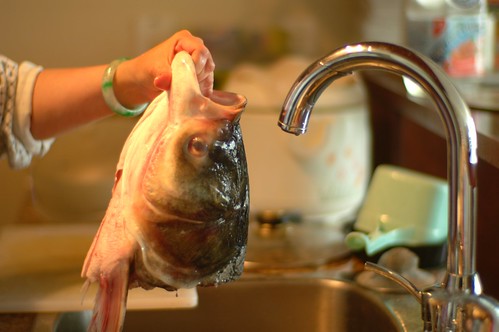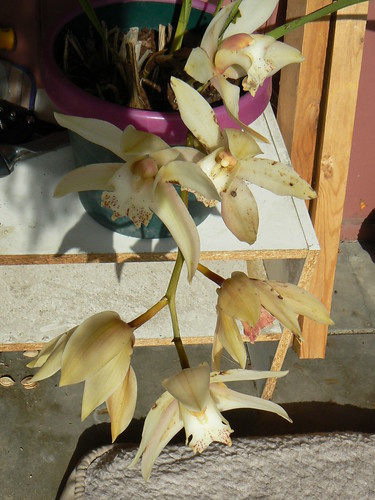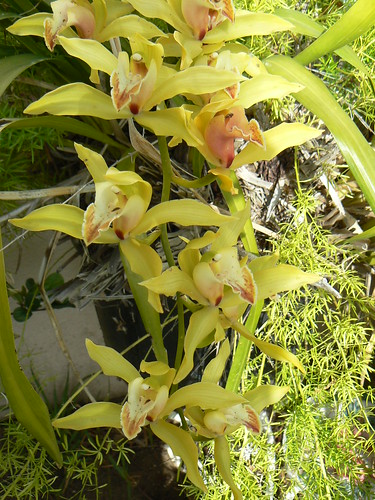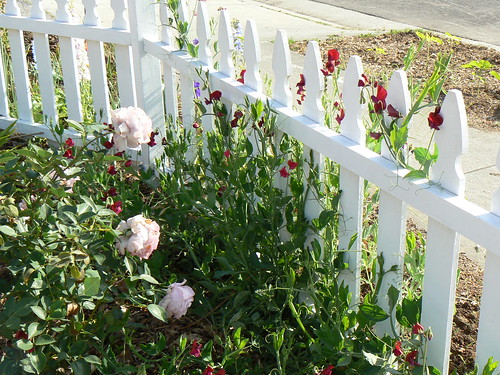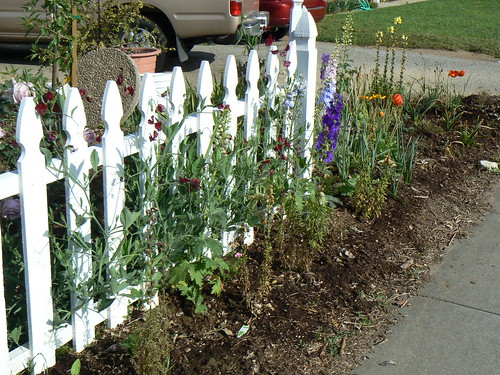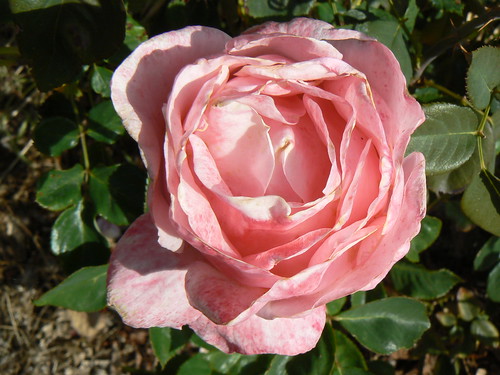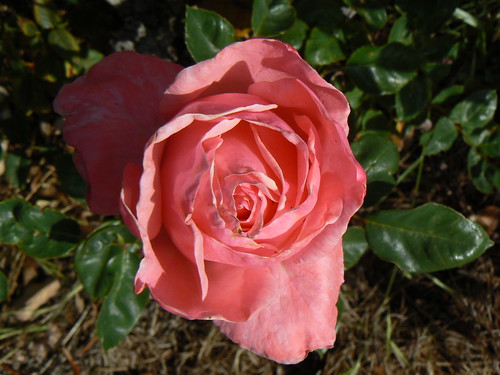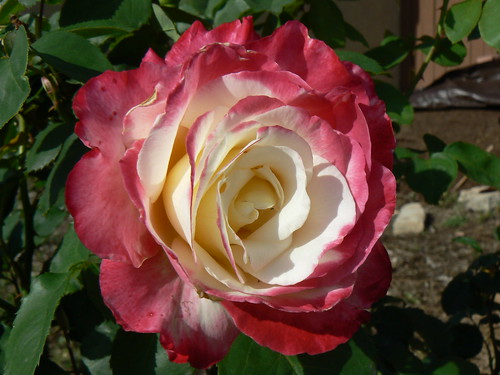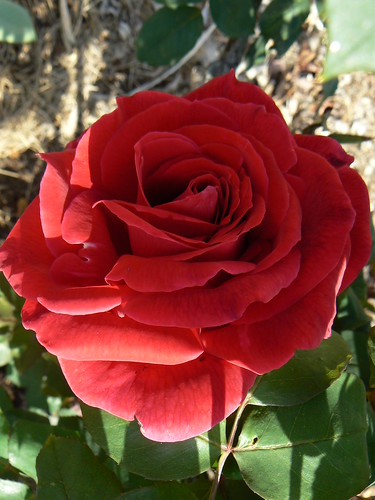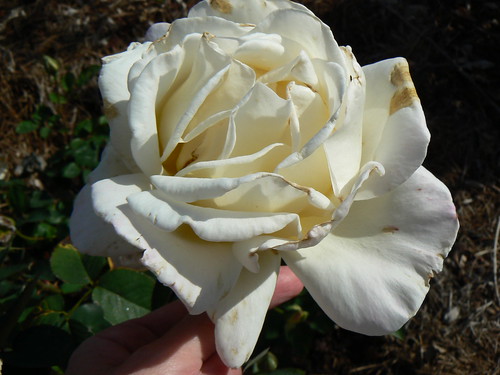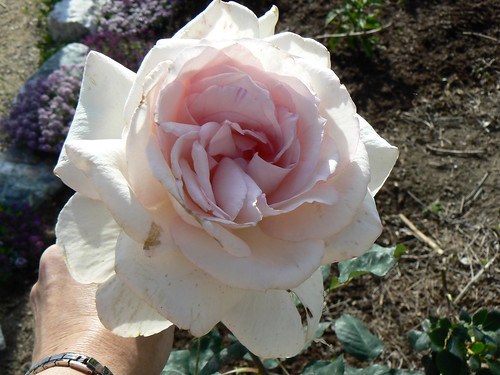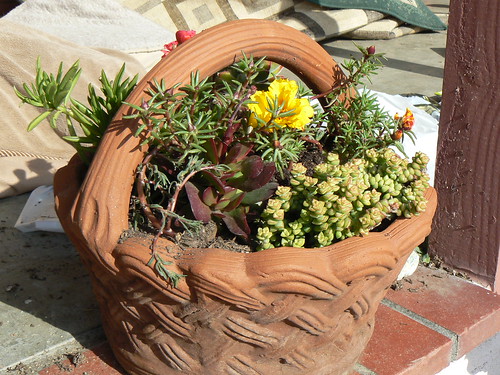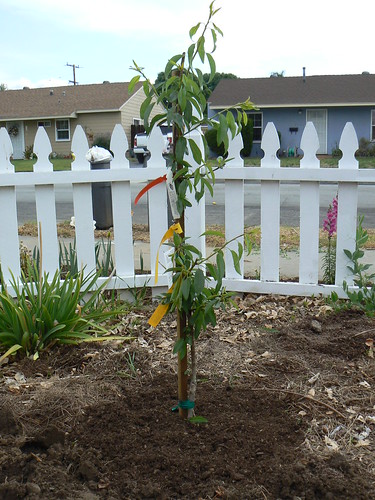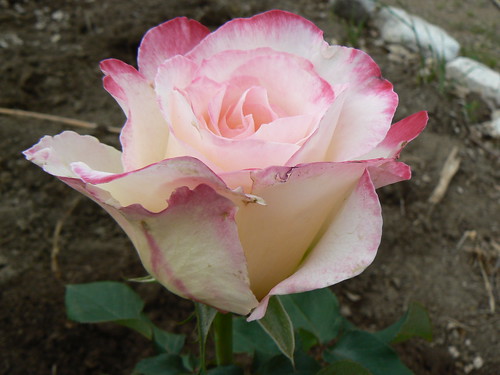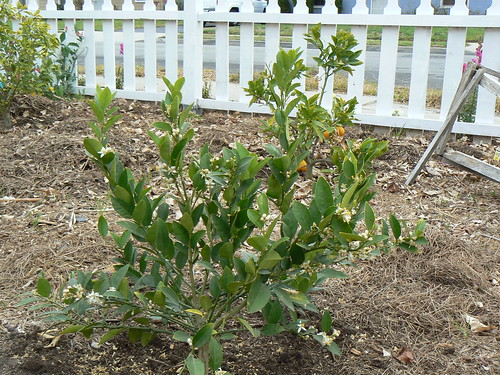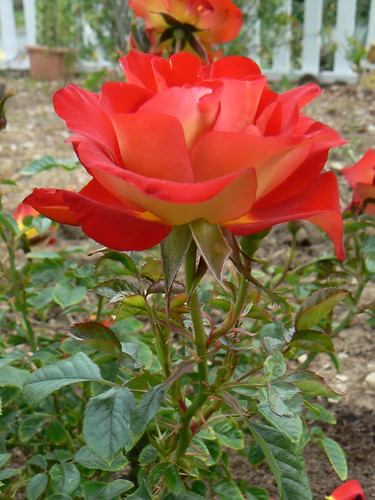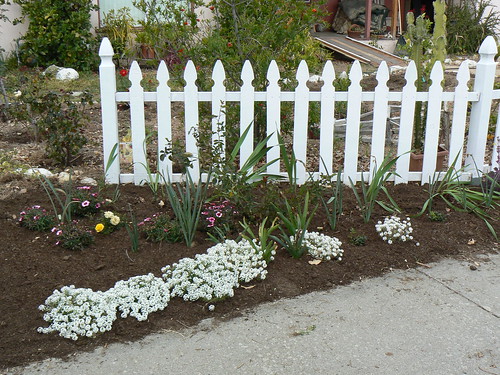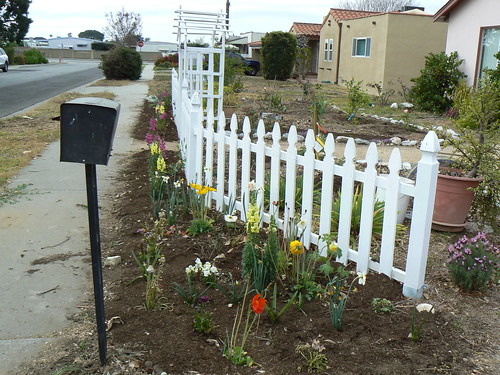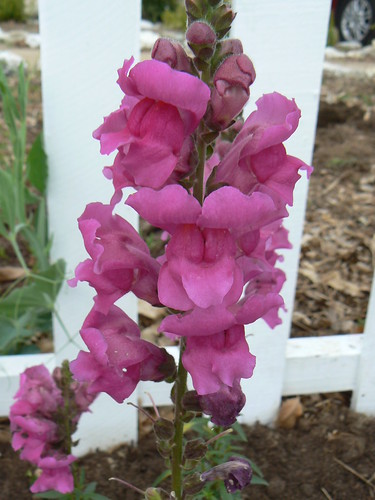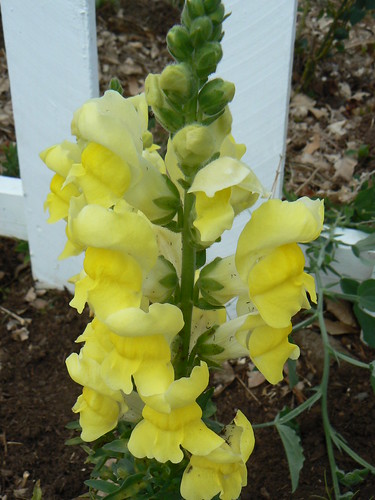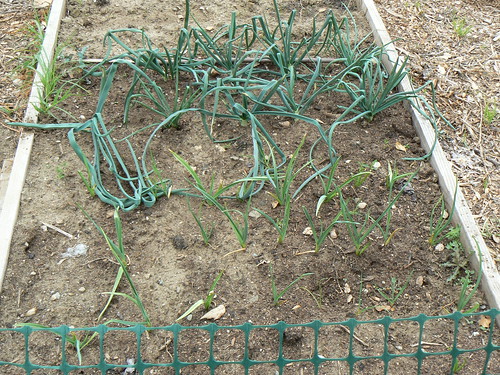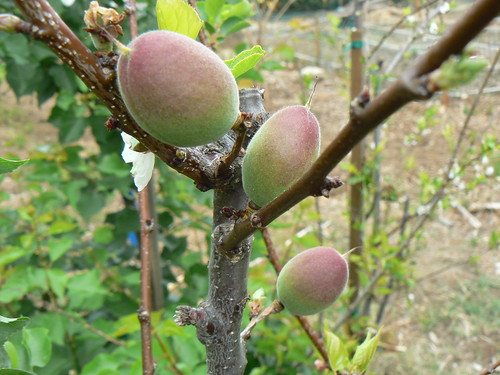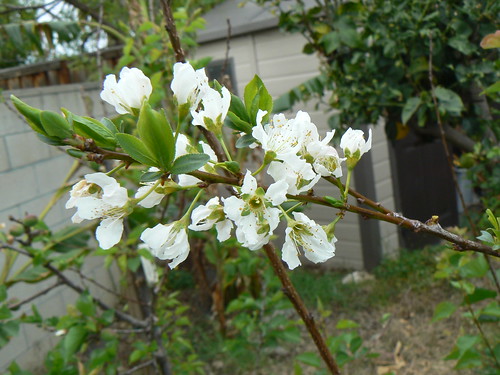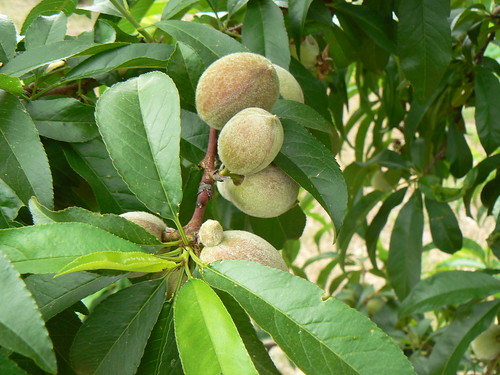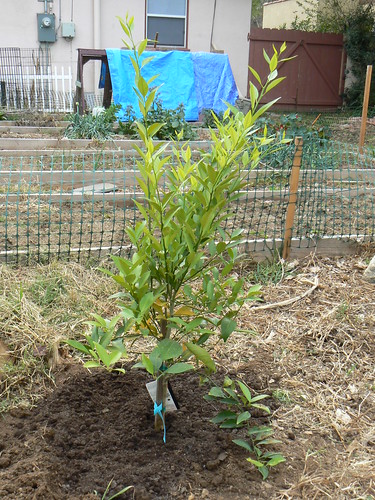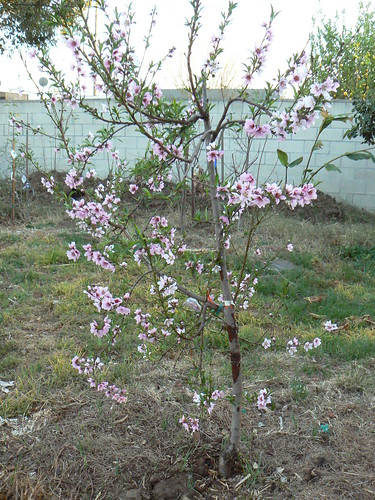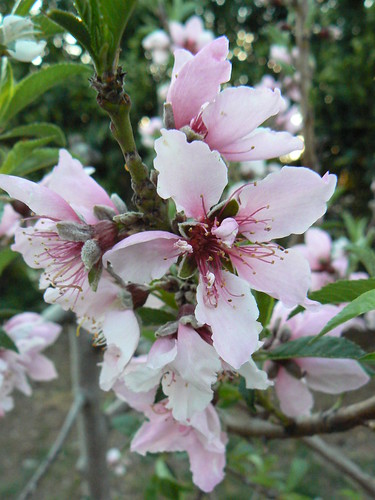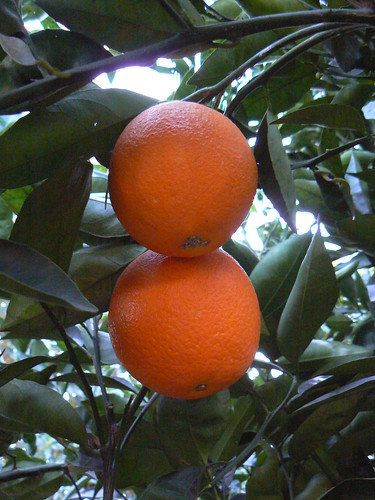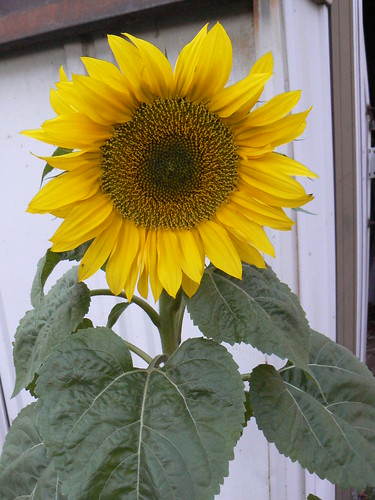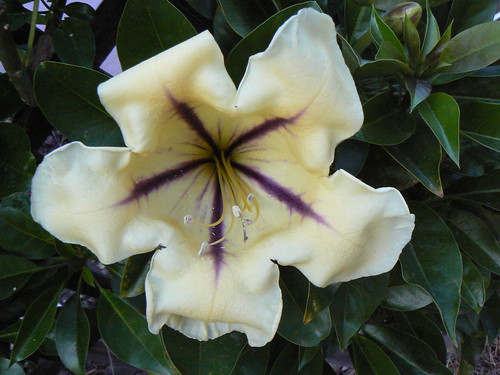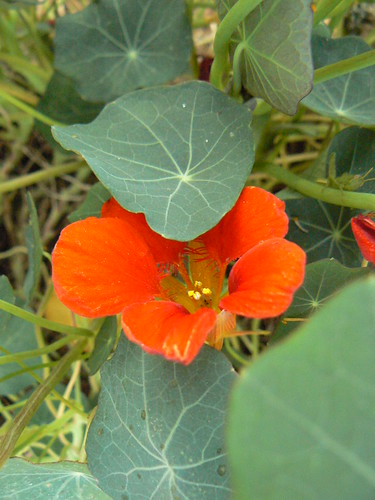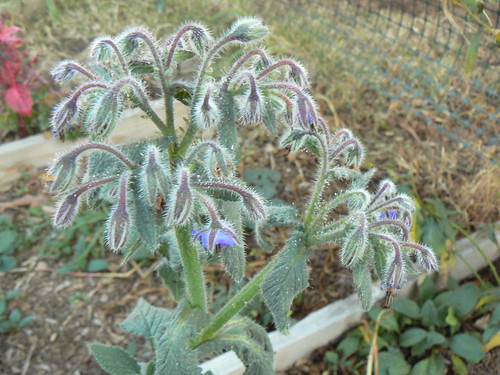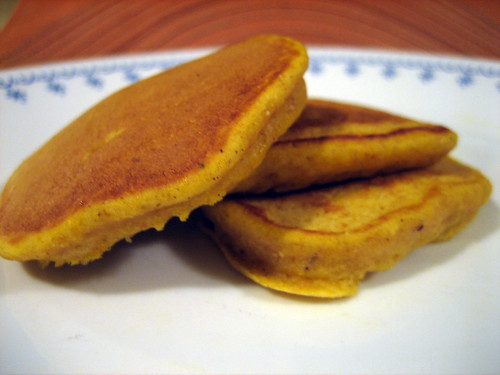 |
| Pumpkin pancakes, photo credit Flickr user Rice and D, CC licensed |
In our last episode of our little squash horror story, we butchered, cooked, and pureed our winter squash/pumpkins. Now that we all have a freezer full of squash puree, let's talk about what to do with it. First I'll share some recipes, then I'll talk about pumpkin or squash as pet food.
Squash for humans
The easiest thing to do is to Google your favorite pumpkin recipe. You can substitute squash puree for pumpkin in any recipe. Most recipes will call for canned pumpkin, which is usually a little thicker than homemade, frozen puree, so you may want to cut down the amount of water or other liquid you use in the recipe or let your puree drain a bit before using it. Just experiment to see what works for you.
If you need some ideas for recipes, here are a few of my favorites:
- Pumpkin pancakes and pumpkin waffles - my husband and son both love these
- Pumpkin bread - Google around for a recipe that looks good to you
- Pumpkin cookies
- Pumpkin pie - of course. Again, Google around for a recipe that looks good to you.
- Pumpkin gnocchi. I've only made this once, and I think I added too much flour, but they were still yummy with browned butter and crispy sage.
- Pumpkin cheesecake - I've had it in restaurants but never made it. Maybe I'll try it this year.
My friends rave about pumpkin soup, so you could try that too.
Squash for dogs and cats
Pumpkin or other winter squash can make a great addition to your dog's or cat's diet. Note: I am not a veterinarian! I will share my experiences with squash as pet food, but please check with your vet about your pet's specific needs before adding anything to his/her diet.
First, the felines: We used to have a very fat cat named Ted who would eat everything and was beginning to resemble a furry beach ball. Our vet advised us to replace some of his cat food with pumpkin, because it's low in calories, and some cats love it. Unfortunately, our otherwise gluttonous feline didn't like it, but if yours does, go for it.
Now, the canines: We have two retired racing greyhounds, Fritz and Fergi. Fritz has colitis, which means that he gets bloody diarrhea periodically along with the smelliest farts on the face of the earth. The head of our local rescue group recommended pumpkin as a good source of fiber, which might help alleviate these attacks. We add a couple of dollops of pumpkin puree to his food, and it really does help. Some dogs love pumpkin and will eat it by itself, but Fritz will only eat it if we stir it into his food.
On a side note, when we ran out of pumpkin this spring, we tried shredded zucchini, since it has nearly as much fiber. It seems to work even better. So if you have a dog with gastrointestinal issues, you can try shredded zucchini in the summer (when it's fresh from the garden) and pureed pumpkin from your freezer the rest of the year.
.JPG)
.JPG)





 Breaking news: we have ripe tomatoes! We've had cherry tomatoes for a couple of weeks now, but we didn't get our first full-sized tomato till a couple of days ago. Now we can have fresh tomato sauce, thick slices of tomato on burgers, margherita pizza, and today's afternoon treat: bruschetta. A couple of weeks ago, I had a wonderful heirloom tomato bruschetta at Pop Champagne Bar in Pasadena and decided I'd make it at home as soon as I had ripe tomatoes. I didn't exactly duplicate Pop's recipe, but it was still pretty good. Here's what I did; feel free to adapt to your own tastes. Garlic lovers may want to add some fresh minced garlic to the tomato mixture.
Breaking news: we have ripe tomatoes! We've had cherry tomatoes for a couple of weeks now, but we didn't get our first full-sized tomato till a couple of days ago. Now we can have fresh tomato sauce, thick slices of tomato on burgers, margherita pizza, and today's afternoon treat: bruschetta. A couple of weeks ago, I had a wonderful heirloom tomato bruschetta at Pop Champagne Bar in Pasadena and decided I'd make it at home as soon as I had ripe tomatoes. I didn't exactly duplicate Pop's recipe, but it was still pretty good. Here's what I did; feel free to adapt to your own tastes. Garlic lovers may want to add some fresh minced garlic to the tomato mixture.